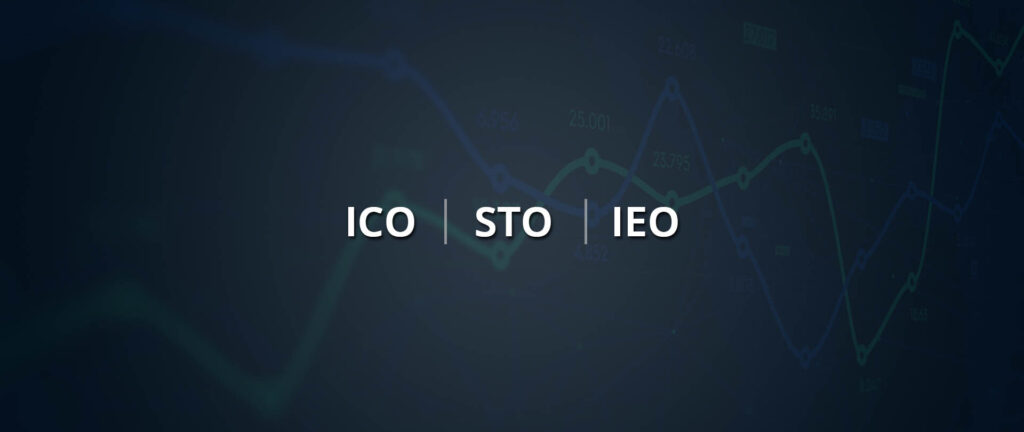The crypto space is filled with seemingly endless possibilities. The recent surge in the popularity of DAOs, NFTs, and play-to-earn games only testify to this. And just as the industry settles into these concepts, a next-gen NFT tech called Move-to-earn NFT has taken the industry enthusiasts by storm.
In this article, we discuss the trend of move-to-earn NFT games in detail.
- What are Move-to-Earn NFT games?
- Move-to-Earn (M2E) Vs. Play-to-Earn (P2E)
- How does a Move-to-Earn model work?
- Are Move-to-Earn games profitable?
- Popular Move-to-Earn NFT projects
- Closing thoughts
What are Move-to-Earn NFT Games?
A fast-developing component of Web3, move-to-earn (M2E) games pay their users to practice physical activities such as walking, cycling, etc. The more time you spend physically moving, the more you can earn.
M2E apps give users the opportunity to earn a passive income while engaging in routine physical activities. While the concept works similar to play-to-earn, unlike P2E games, in M2E games players can earn rewards by simply walking, jogging, dancing, or engaging in any other simple physical movement.
The concept of move-to-earn NFT games is not a new one and Pokémon GO and Wii Sports were, at the core of it. However, with blockchain and cryptocurrency, users can add non-fungible tokens (NFTs) as well as for cryptocurrencies as monetary rewards.
With these NFT games, players enjoy the chance to receive in-game currencies and exchange them for fiat currencies. This leads us to the question is NFT in gaming the next best investment?
M2E vs P2E
Play-to-Earn
P2E is a hot topic in the crypto industry. It is a segment of the gaming business where-in gamers earn money and make a living by playing Play-to-Earn NFT games. Users earn points for making progress in the game e.g., reaching new levels, defeating opponents, etc. The rewards for playing can be in the form of cryptocurrencies or NFTs—which gamers can use within the game and/or sell to other players.
Silks, Axie Infinity, Decentraland, Splinterlands, Gods Unchained, The Sandbox, and Battle of Guardians are some of the most popular P2E games.
Move-to-Earn
M2E apps use data provided by the user’s mobile device, track their movements, and reward them for physical activity. M2E uses blockchain technology to offer financial rewards to users for embracing a healthy lifestyle—in the form of cryptocurrencies and NFTs.
Popular examples of M2E games include STEPN, Genopets, WIRTUAL, Dustland Runner, and Sweatcoin. We discuss these in brief detail towards the end of the article.
How does a Move-to-earn Model Work?
Move-to-earn models work on a fairly simple principle—you engage in physical activity and the app rewards you for it. Players do need to acquire a pair of virtual collector objects (such as NFT sneakers in STEPN). Like other non-fungible tokens, these can be produced in great numbers and in a wide range of quality and scarcity.
Players need NFT sports shoes to acquire tokens in an app and they must begin to walk, jog, or run the moment they start.
For example, the players in STEPN need to purchase NFT sneakers. These are basically NFT collectibles that can be minted in a variety of designs and quality and rarity levels. These can be bought and sold on open NFT marketplaces.
Whenever a player performs any sort of physical activity (walking, jogging, and running being the most common ones), the app tracks his/her movements and subsequently converts them to in-game currency. The GPS-enables M2E app records their motions and strides and converts them to in-game utility tokens.
Are Move-to-Earn Games Profitable?
There are two aspects to be considered while talking about the profitability of M2E apps—for companies and for users.
Whether move-to-earn NFT games are profitable for the user depends on his/her physical activity, the number of cryptocurrency rewards they can receive, and the value of the coins on the open market. Some M2E apps require users to buy NFTs to participate. So, if the NFTs are expensive, making a profit can be hard.
For companies and organizations, apps can help reduce health insurance premiums and staff absences because of illness quite similar to how fitness trackers and employer wellness programs provide incentives to employees for exercise.
The main idea behind M2E games is to allow people to make profits from their physical movement and exercise. The chances of turning these games into a profitable investment will depend on a number of factors.

Initial Investment
Most Move-to-Earn NFT games call for an initial purchase (NFT or utility token). Rare NFTs and higher token amounts provide higher rewards for players and boost the ROI while reducing the time it takes for players to earn those investment returns.
Activity Level
Move-to-Earn rewards that a player receives are strongly proportional to the amount of time spent on exercise and/or physical activity. Therefore, players who are excessively energetic have a higher probability of making faster profits. However, some apps do have a maximum movement time so be sure to check that before investing!
Saturation
A majority of M2E apps distribute rewards in proportion to a user’s participation. This could either be based on his/her individual role or a fixed maximum payout. Awards are generally divided into portions based on a player’s performance relative to other users. Therefore, the more the number of users who participate in the game, the lower the awards will be for each user.
Price Action
M2E rewards can turn out to be extremely profitable or unprofitable depending on the price trend of the reward token. and can significantly impact the profitability of the applications. By a basic rule of thumb, if a token’s price action is strongly bearish, it’ll be less profitable in the long run.
As more and more people join in, making profits in M2E apps will become increasingly difficult. Moreover, it is not difficult to manipulate fake exercise data using bots or physical devices that stimulate activity.
Related article: Top 10 Doubts And Questions On NFTs Answered
Popular Move-to-Earn Projects
STEPN
The discussion of Move-to-Earn NFT games is incomplete without STEPN. It is a Web3 lifestyle app built on the Solana Blockchain. The app uses NFT sneakers to track the players’ outdoor movements using the GPS signal from their mobile devices.
STEPN uses a dual-cryptocurrency token structure. The Green Satoshi Token (GST) is used as the in-game utility token (to be used for leveling up or minting new sneakers) and the Green Metaverse Token (GMT) acts as the governance token for participating in the project’s development. Players also have the option to rent or sell their NFT shoes on the in-app marketplace.
Genopets
A role-playing game that combines elements from Pokémon Go and Tamagotchi digital pet battle games with fitness and social incentives. Genopets use data on a player’s real-world physical activity to determine their progression through the in-game metaverse.
Genopets are virtual NFT pets whose value increases as the player customizes and upgrades them while moving through the Genoverse. The game’s governance and staking tokens are GENE which can be used for the in-game NFTs and to give holders exclusive features and voting power in the game’s long-term development.
WIRTUAL
An “Exercise to Earn” application, WIRTUAL promotes an active lifestyle for its users by creating challenges in activities such as walking, cycling, swimming, workout, and dance. Users can compete in terms of speed and distance, have competitions as a group, and create their own custom challenges.
Players are represented by NFT avatar characters which receive special features (such as limited-edition clothes) as they are updated. Users can sell their avatars on the NFT marketplace for profit.
Dustland Runner
A rather unique concept, Dustland Runner is a movement-to-win blockchain audio game wherein real-world sprints move players forward in the game’s narrative. Players are rewarded in the virtual world in the form of DOSE token which they can use to upgrade characters and gain access to additional resources.
Sweatcoin
Built on the NEAR blockchain, Sweatcoin aims to convert players’ physical movements into cryptocurrency-linked value. The app has been designed to reward users for being physically active.
The game’s native token is SWEAT whose value is determined by the value players place on the move. The app is currently in the process of decentralizing motion verification processes that will allow other apps to verify new forms of motion. This in turn will allow SWEAT users to earn the token for swimming, cycling, gymnastics, and more.
Please note: It is not possible to buy the SWEAT token on a central exchange. You either earn them through the game or buy them on the application’s Reddit or Discord platforms.
Related article: Where will NFTs pop up next?
Closing thoughts
While M2E is steadily gaining popularity, much uncertainty over its long-term return on investment potential lurks on the surface. There is a possibility that the novelty of these new kinds of apps will fade, leaving coins much below their maximum market value. That said, we should not forget that the craze for gaming platforms in the digital era hardly ever drops down.
The fact that these platforms allow gamers to earn money for every game they play, thus attracting a large number of gamers into the blockchain industry.
Moreover, the concept of move-to-earn NFT games to reward users for each physical movement also highly benefits the fitness industry. Viewed from this perspective, there is a good chance that M2E concepts can rule the blockchain industry in the near future.


